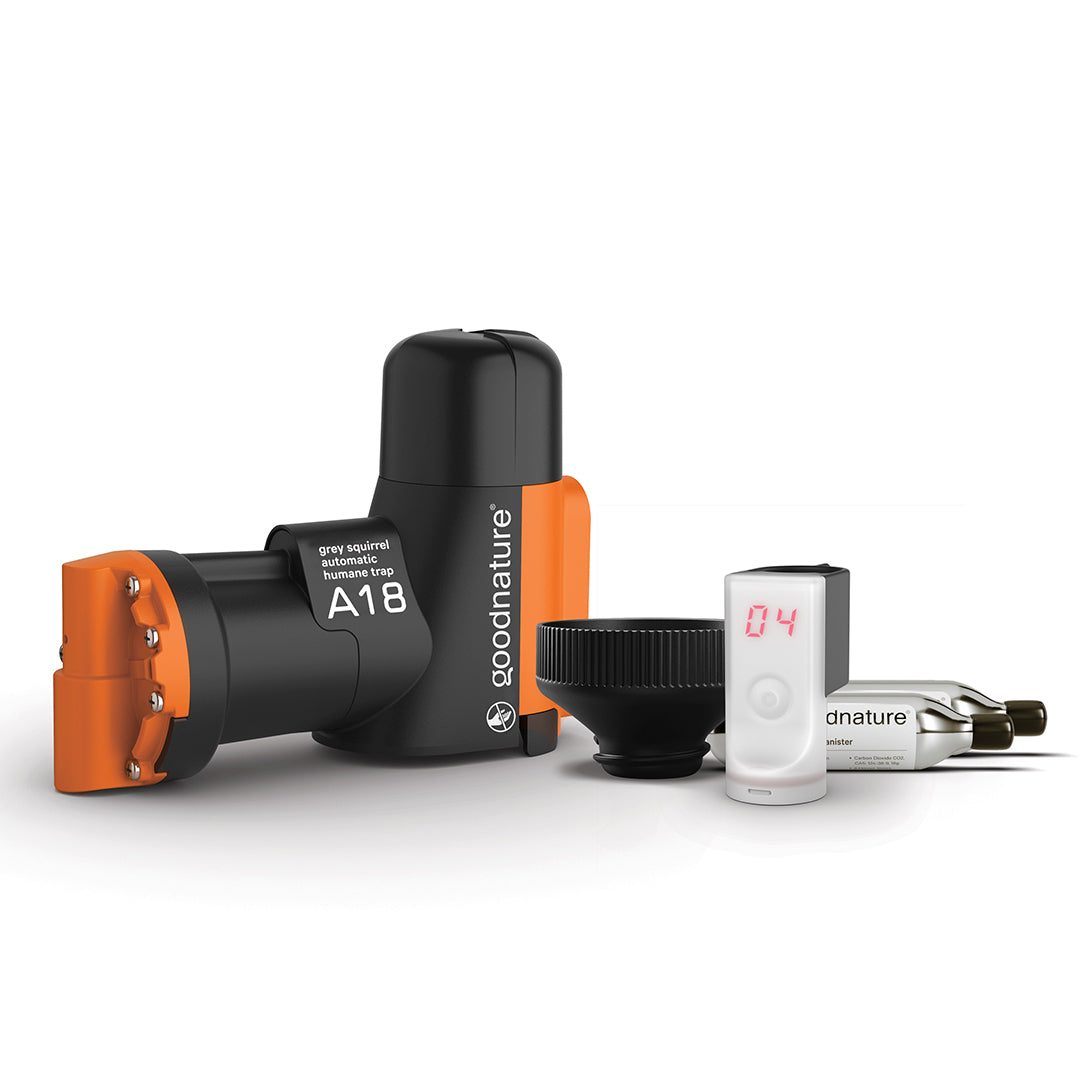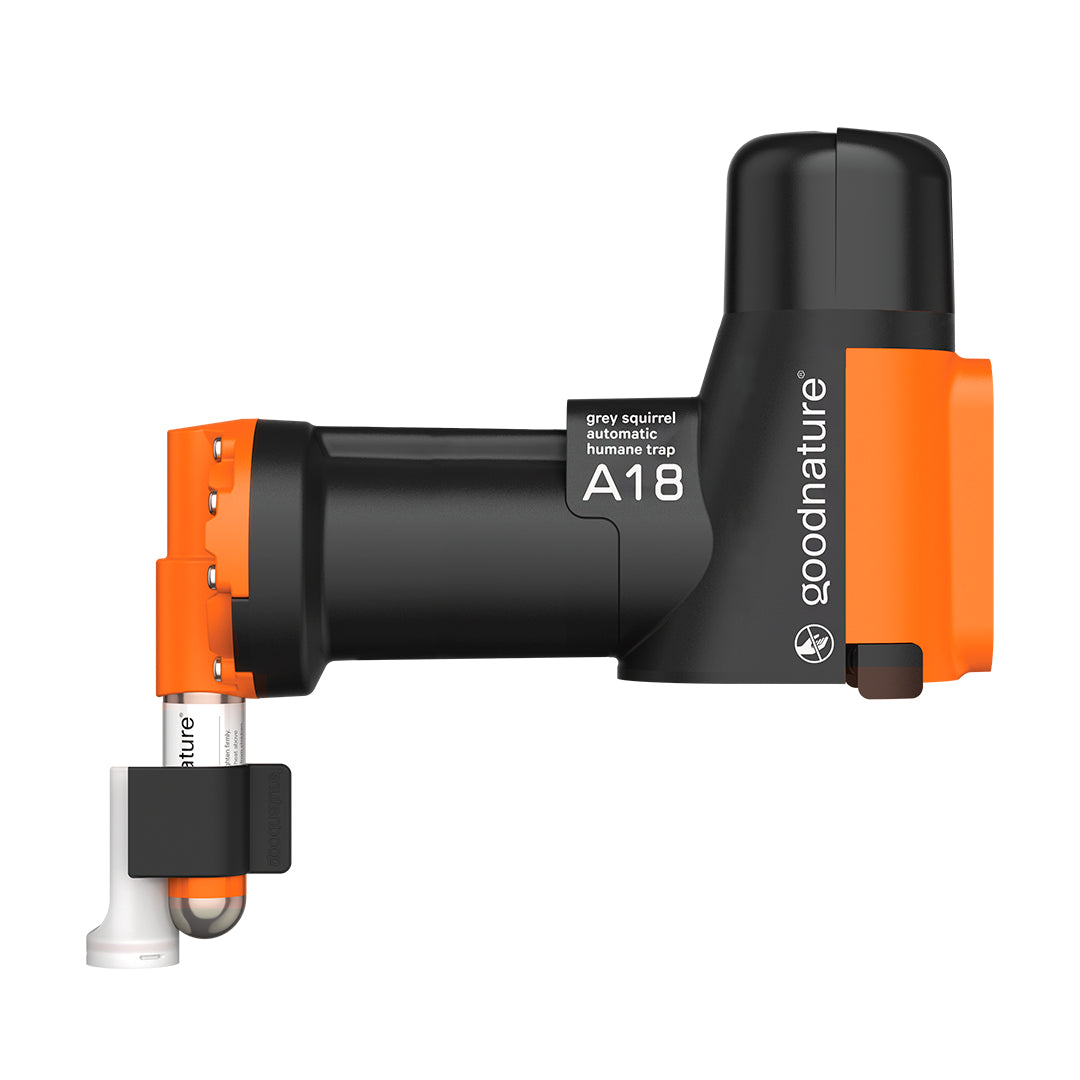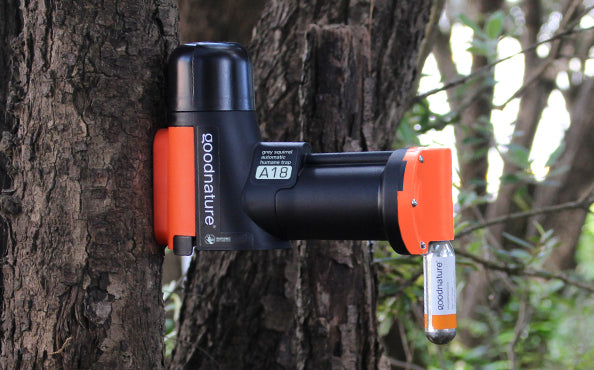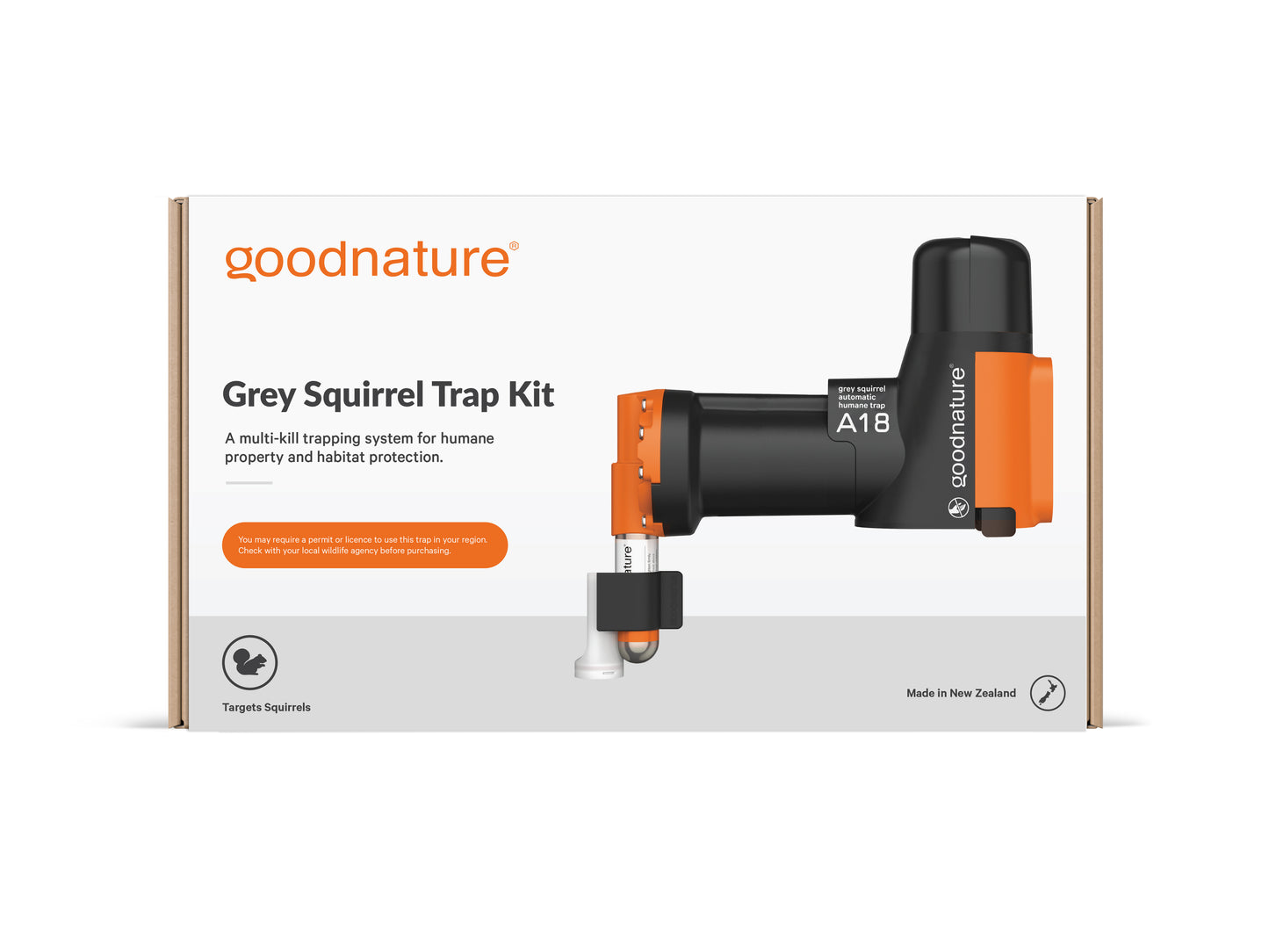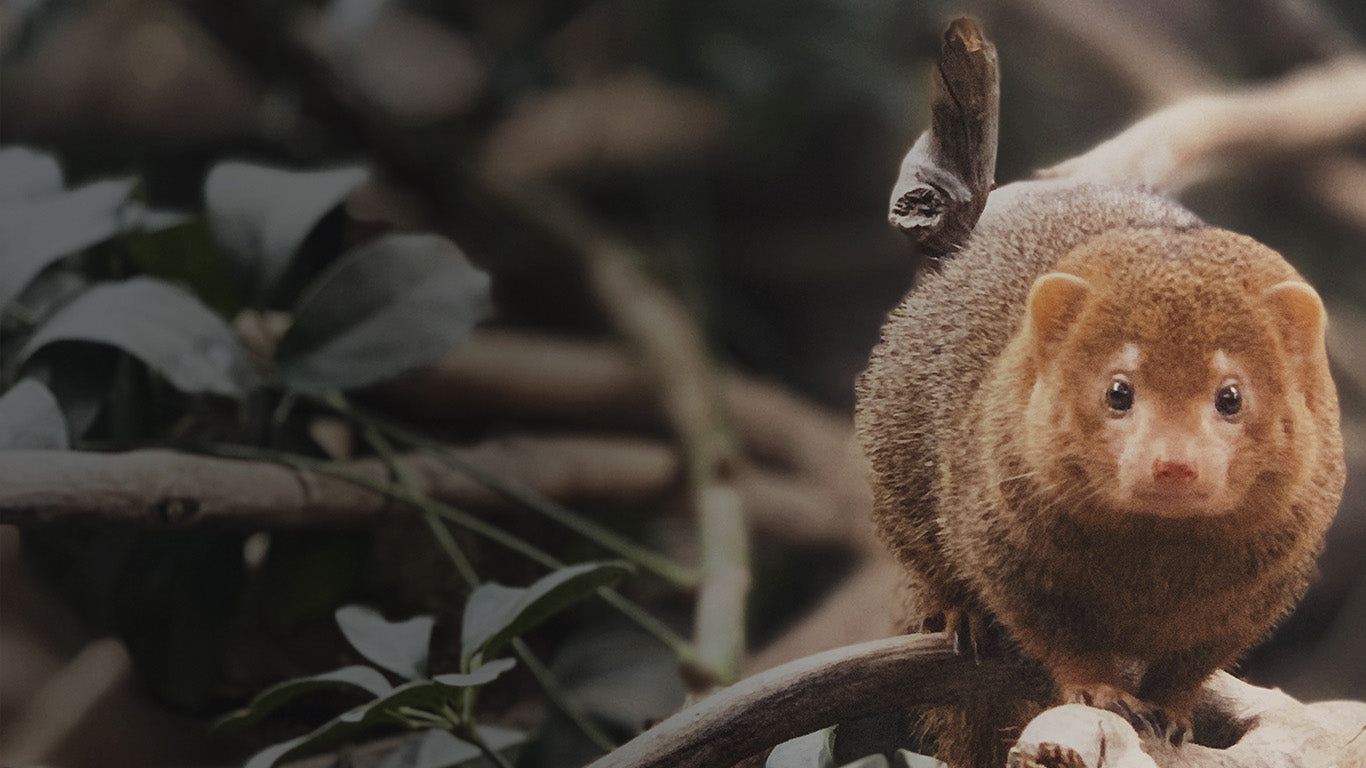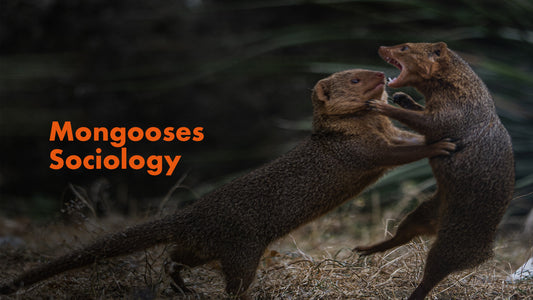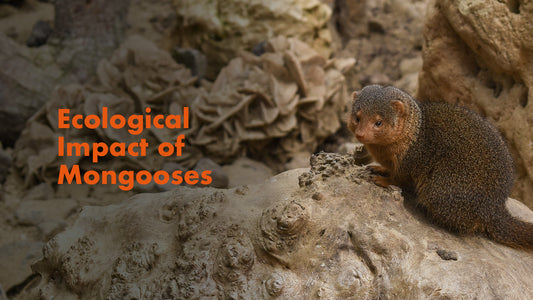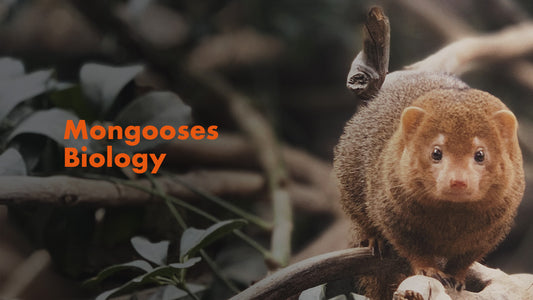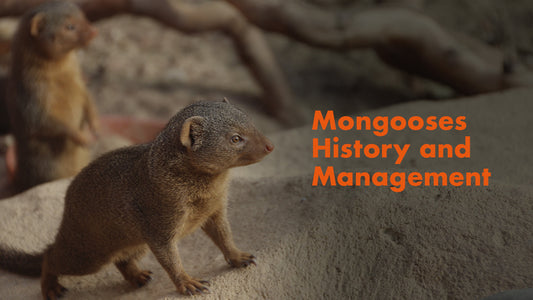The perception of mongooses as pests is primarily associated with regions where they have been introduced, such as Hawaii, where they have had negative ecological impacts due to their unintended effects on native wildlife and ecosystems. In their native habitats in Africa and Asia, mongooses play important roles in controlling pest populations, but when introduced to new environments where they lack natural predators and prey on local wildlife, they can disrupt ecosystems and become pests themselves. Understanding the specific biology and behavior of mongooses can indeed be beneficial when attempting to trap or control them in regions where they have become pests
Small Indian Mongoose
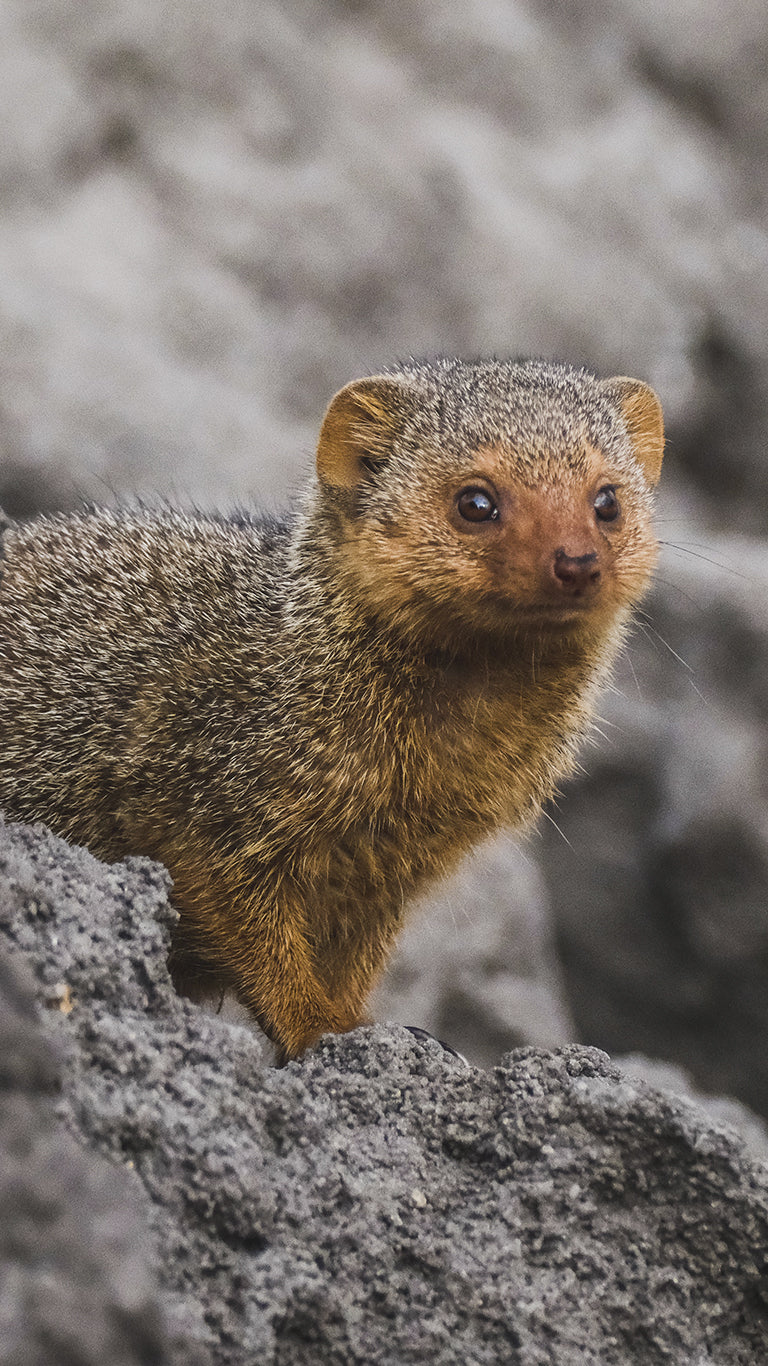
Physical Characteristics:
Mongooses have slender bodies with brown or gray fur, a pointed snout, and sharp claws. They typically have a bushy tail and short legs. Adult mongooses can weigh between 1 to 5 pounds (0.45 to 2.3 kilograms) and measure around 20 inches (50 centimeters) in length. They are known for their agility and quick movements.
Taxonomy:
- Kingdom: Animalia
- Phylum: Chordata
- Class: Mammalia
- Order: Carnivora
- Family: Herpestidae
- Genus: Herpestes
- Species: Herpestes auropunctatus
Reproduction:
Mongooses generally have a promiscuous mating system. They can reproduce year-round, with females typically giving birth to litters of 2 to 5 pups. The gestation period is approximately 11 to 12 weeks. The young are born blind and helpless and are cared for by the mother.
Location:
Today, mongooses are primarily found on several Hawaiian islands, including Maui, Oahu, Molokai, and Kauai. They are not present on the continental United States or any other part of North America.
If you possess specialized knowledge or profound insights that you're currently applying or believe will benefit others, we encourage you to share your expertise with us.
Your valuable wisdom can greatly enrich our community and empower fellow trappers!
Now that you know your target, meet our top mongoose killer!
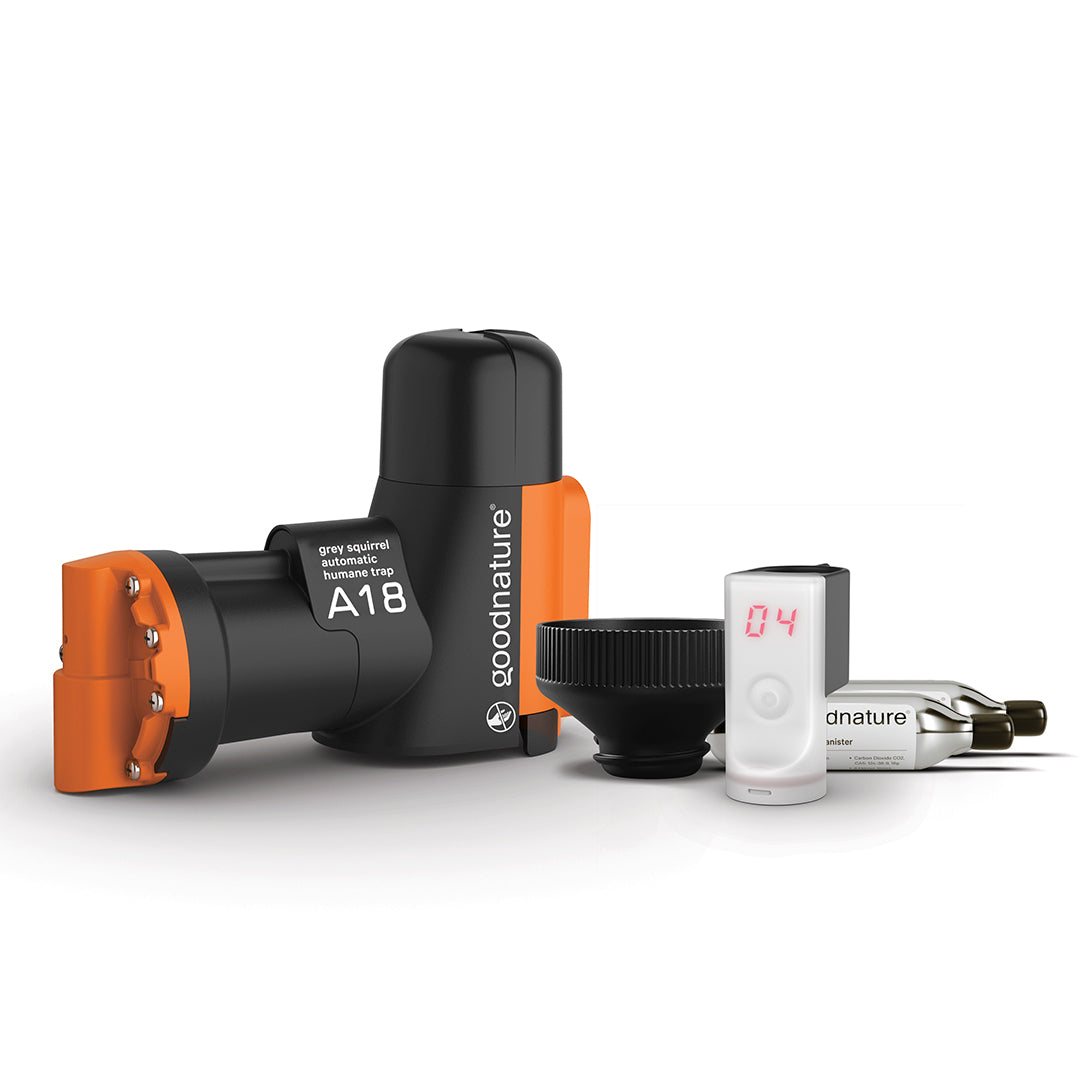
Automatic Trap Company
A18 Squirrel Trap Kit With Digital Strike Counter
Share
